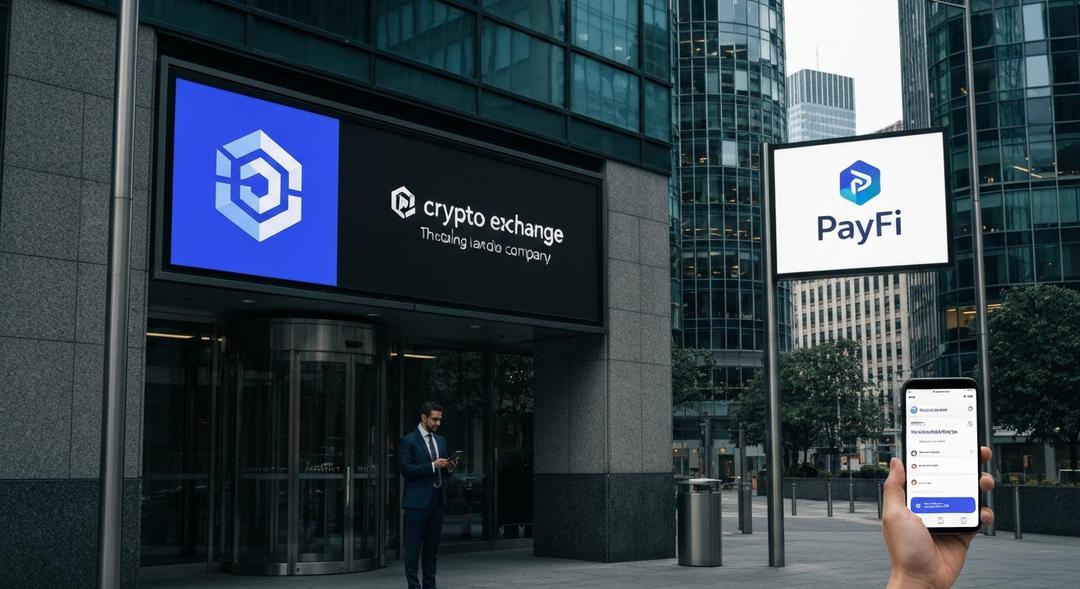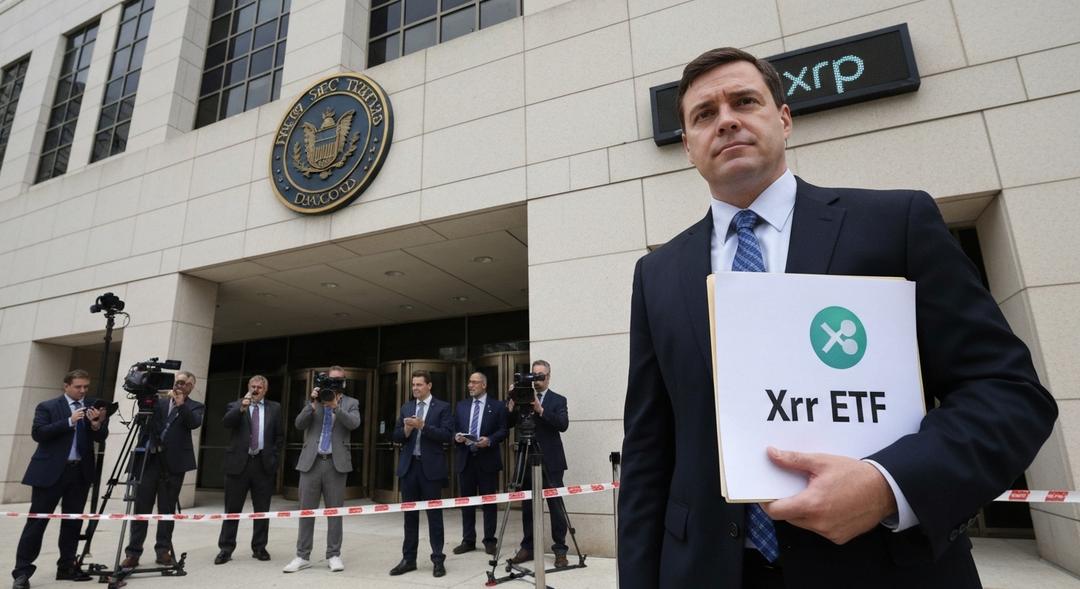Cryptocurrency exchanges have rapidly changed direction in recent weeks. Their alliances with PayFi leaders mark a significant evolution in the digital asset sector.
Large crypto trading platforms are now embracing established payment innovators. This reflects a clear goal to streamline user experience and broaden adoption, showing partners how serious exchanges are about delivering smoother services.
Developers and business analysts note that this shift moves away from time-consuming infrastructure projects. Working with seasoned PayFi firms allows exchanges to deliver reliable transactions faster, improving both deposits and withdrawals.
The strategy minimizes technical barriers that have often discouraged first-time crypto users. By collaborating with high-reputation payment brands, exchanges hope to build trust in new markets while giving seasoned traders more reliable gateways.
Such integration means users can move between regular currency and digital assets with little delay. This flexibility has always stood as a top concern in the crypto field, especially as more participants seek seamless transfers across borders.
Increased partnerships have also had a positive effect on exchange volume and user retention rates. Rapid fiat conversions and lower downtimes encourage users to keep assets within these platforms rather than move them to alternatives.
Executives in the crypto sector attribute this surge in partnerships to soaring demand for efficiency. High-stakes investors and everyday enthusiasts alike prefer a setup where their funds move instantly and securely.
This new approach reduces operational risk, as exchanges can rely on the expertise and established systems of PayFi powerhouses. By bypassing trial-and-error development phases, platforms now focus on their core strengths in security and digital asset management.
End users have already begun to enjoy the benefits. Accounts can be funded through familiar banking platforms, lending an extra layer of confidence for those hesitant to try digital currencies.
Observers remark that this strategy may also accelerate mainstream adoption. Financial regulators tend to support solutions built on trusted payment firms, suggesting smoother pathways for wider crypto acceptance.
Companies with an international presence gain the most. Fast, compliant gateways help them expand into regions where financial rules are tight, and where consumer trust must be earned through proven reliability.
The move aligns with a broader industry goal: bringing digital finance into everyday use. With rapid onramps and withdrawals, even newcomers can enter and exit the crypto market with fewer hurdles.
For those eager to tap into the world of digital assets without managing complex hardware setups, there are flexible options to Start Cloud Mining. As cryptocurrencies gain popularity, access to efficient tools and reliable services becomes increasingly crucial.
Conclusion
The partnerships forming between major exchanges and leading PayFi companies signal a new age of convenience for the market. Improved transaction speeds, smoother user experiences, and higher trust all contribute to making digital assets increasingly appealing.
As collaborations continue to grow, the cryptocurrency landscape is poised for even broader acceptance. This trend suggests that seamless, secure, and accessible digital finance will become the standard for both industry veterans and newcomers alike.

Finlay’s interest in cryptocurrency sparked from a desire to explore new investment opportunities beyond traditional markets. With a focus on cloud mining, he has spent several years analyzing mining services, comparing contract plans, and evaluating profitability across different platforms. Finlay aims to provide clear, unbiased insights that empower readers to make informed decisions in the fast-paced world of crypto mining.




